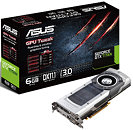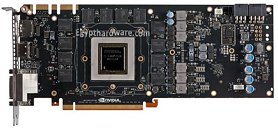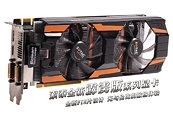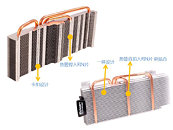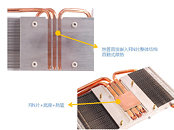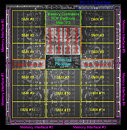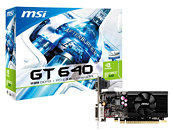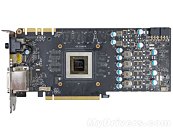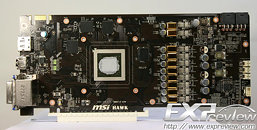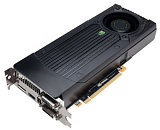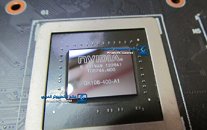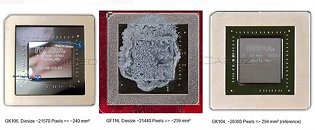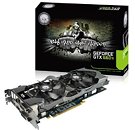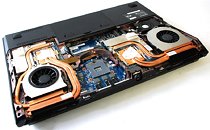
ASUS Announces its GeForce GTX Titan Graphics Card
ASUS today announced the GeForce GTX Titan graphics card, based on supercomputer-grade NVIDIA Tesla K20X architecture. The new card delivers the world's most powerful single-GPU performance to PC gamers and multimedia enthusiasts. It is optimized for DirectX 11.1 and PCI Express 3.0, with a GPU clock of 876MHz achieved by use of NVIDIA GPU Boost 2.0 technology. The ASUS GeForce GTX Titan offers 6GB of GDDR5 video memory clocked at 6000MHz.
It presents the advanced graphics processing power required to fully enjoy the next evolution in gaming technology and multimedia in standards well beyond full HD 1080p. The ASUS GeForce GTX Titan ships with the user-friendly GPU Tweak utility in the box, which allows customers to easily modify performance parameters through a clear yet detailed interface.
It presents the advanced graphics processing power required to fully enjoy the next evolution in gaming technology and multimedia in standards well beyond full HD 1080p. The ASUS GeForce GTX Titan ships with the user-friendly GPU Tweak utility in the box, which allows customers to easily modify performance parameters through a clear yet detailed interface.
